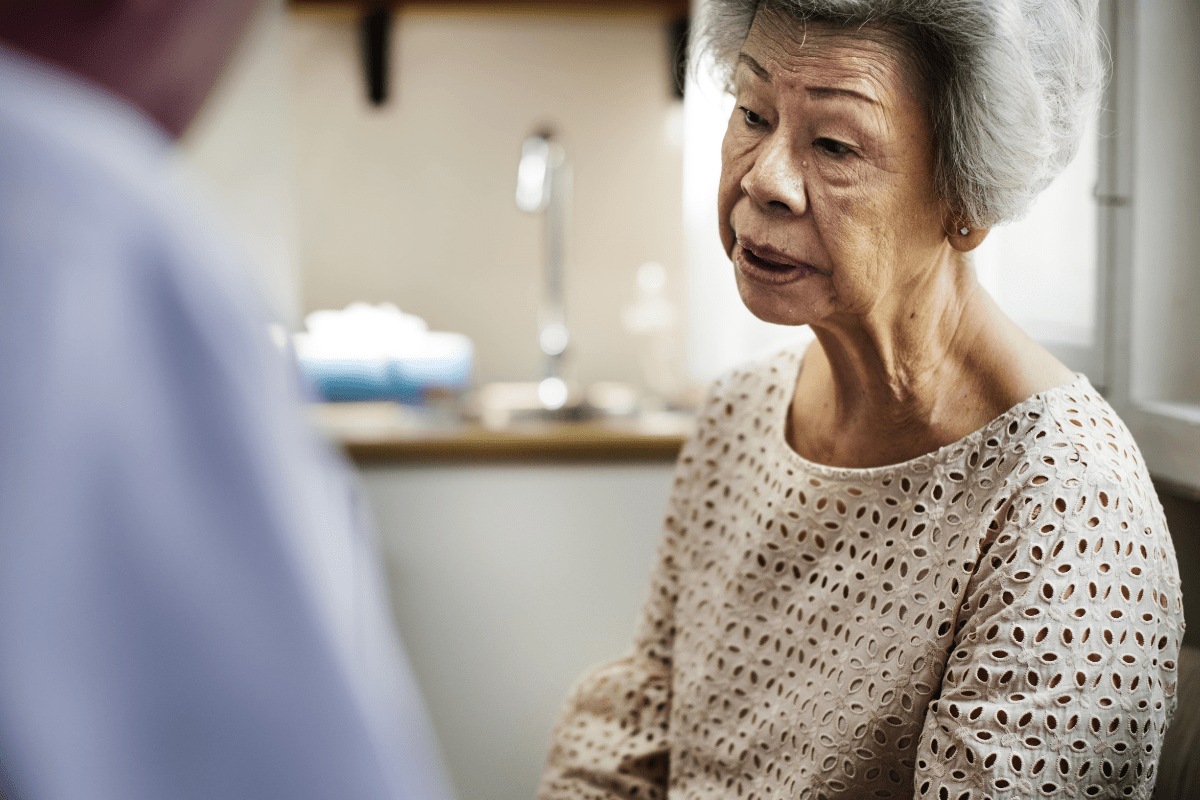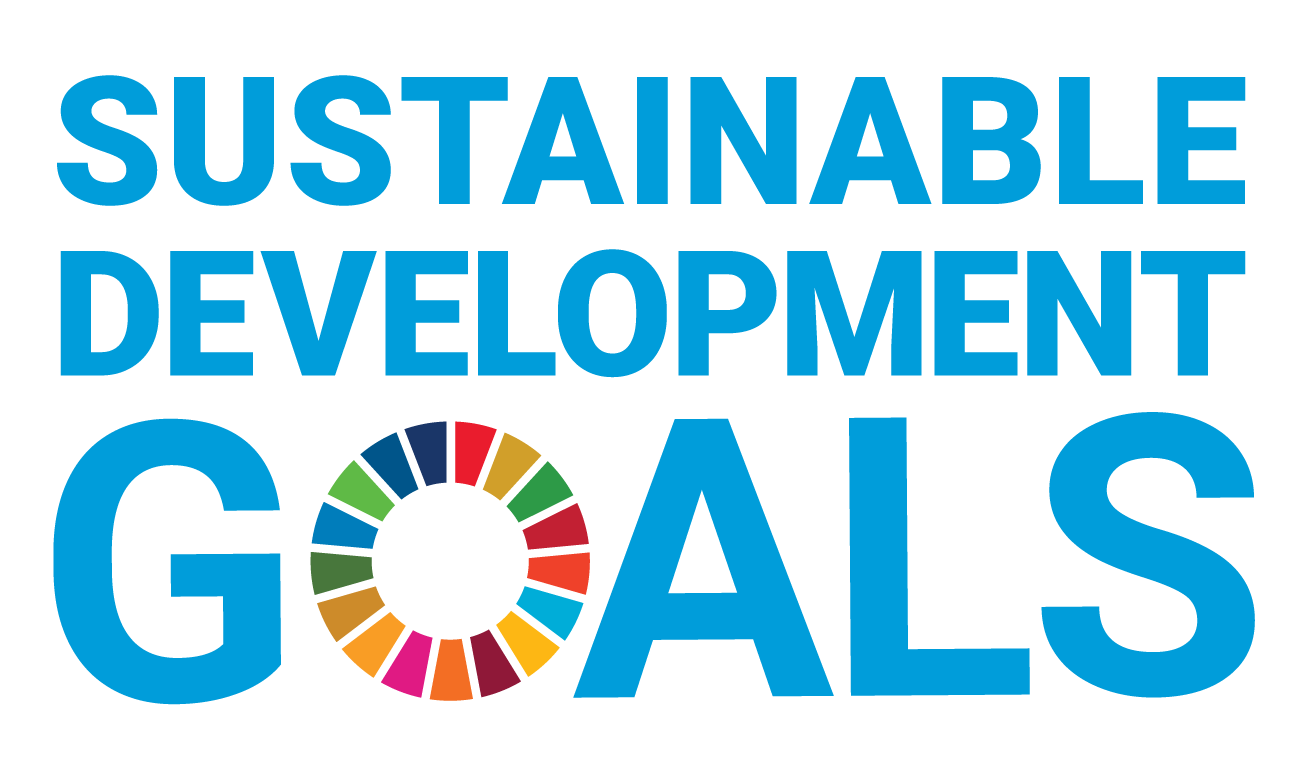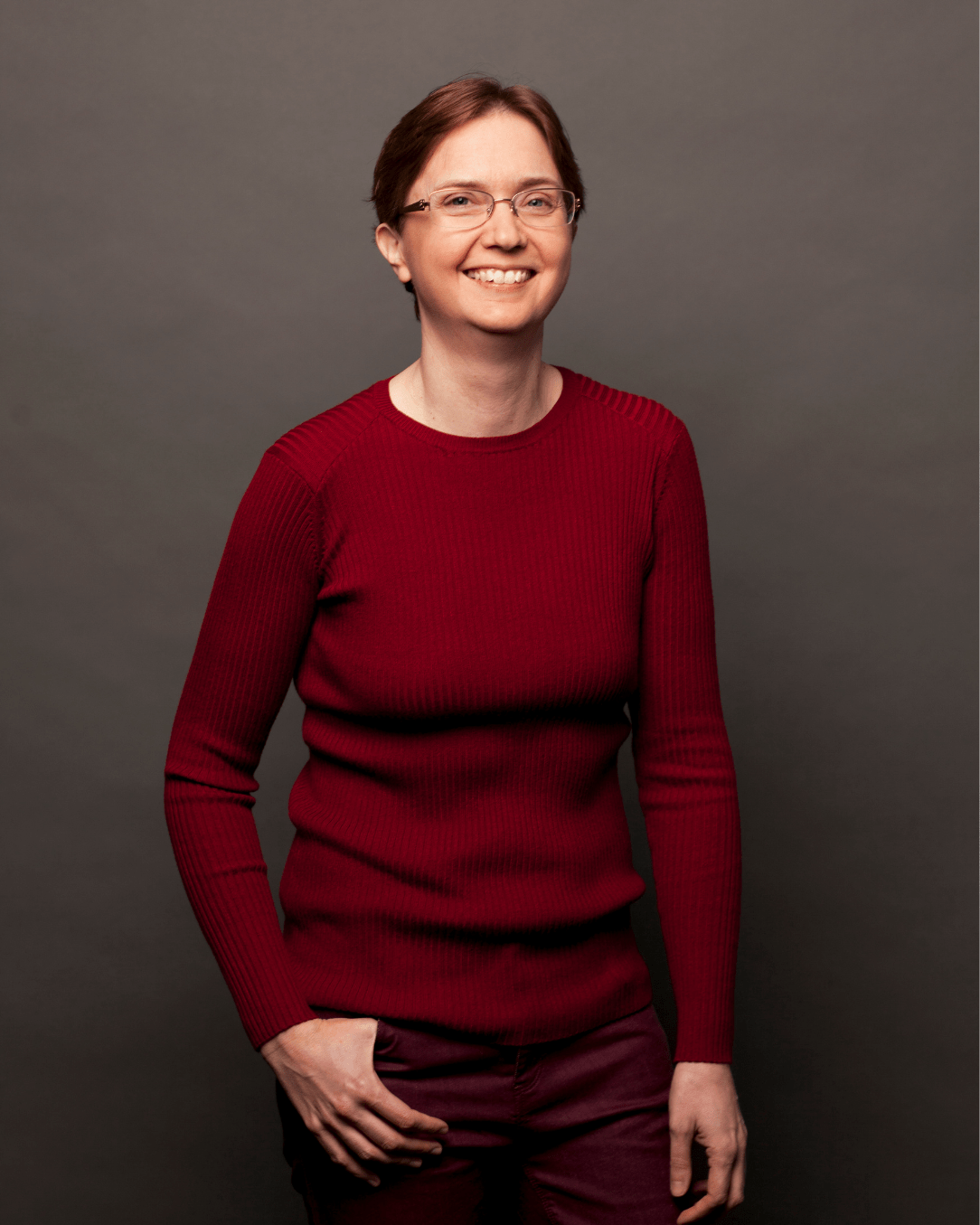You can search for courses, events, people, and anything else.
Australians use more than 400 different languages, and this linguistic and cultural diversity strengthens our families and communities. Professionals without multilingual expertise themselves, however, can find it hard to measure children’s speech development, especially in the very early years of life, a crucial time for infants to develop speech and language skills.
Healthcare professionals including speech pathologists and researchers can miss the early signs of problems if they’re not familiar with the language(s) that a very young child is learning.
"Health professionals really try to respond to multilingualism in the way that they assess and deliver services," says Professor Caroline Jones, a language researcher in the MARCS Institute for Brain, Behaviour, and Development at Western Sydney University. "But they are often hampered because they don’t have the appropriate tools and technologies."
About one in ten children across the world — regardless of culture and language background — have difficulties with speech and language development, and might benefit from some assistance.
"But the tools that speech pathologists tend to use are geared towards the majority language," Jones says. "So, if it’s a majority English-speaking country like Australia, the tools are mostly in English, and designed to measure the abilities of children in English."
PARENTAL HELP
To adapt these tools to reflect the more multilingual communities found in Sydney and elsewhere in Australia, Jones, her colleagues, and PhD students Kate Jones and Chantelle Khamchuang are developing approaches to more accurately assess children who are bilingual or multilingual.
A major part of that effort is to involve the parents of the child being assessed. That’s important because it allows the child’s language development to be measured against the parents’ detailed day-to-day experience and expert knowledge of their child. To enable this, Jones and her team have adapted the OZI, an existing test of language learning, to produce a streamlined version that takes about ten minutes to run.
The test, called the 'Australian English Communicative Development Inventory — Short Form', or 'OZI-SF', uses pictures and a list of one hundred words, plus gestures and games/routines. In the app, the parent is simply asked which words their child understands and/or says, and which gestures, games and routines they use.
The words range from early-learned words such as 'mum' to later-learned words such as 'necklace'. Parents can then enter their child’s score into a website, which gives guidance on their child’s results that draws on a large dataset for Australian children. Parents are linked with resources they can use and help in finding a speech pathologist for a fuller assessment if they are concerned.
"By two years of age, easily, we can start to identify kids who are falling behind in their language development," Jones says. "The earlier you can start, then the more equal you can make the outcomes in the long term."
Dr Kate Short, a senior speech pathologist at Liverpool Hospital who collaborated on the tool development, has found OZI-SF to be particularly useful clinically in measuring the effectiveness of intervention with toddlers. "I often say to families that completing this tool is like having a blood test before and after intervention. It’s a measure that tells us if we’re making a difference," she says.
"Language development is the basis of literacy. It leads to stronger employment outcomes. It leads to stronger social outcomes. Kids can make friends, form relationships, navigate peer influences, and find success in education and employment," says Jones.
Free to download, the checklist tool has been used across Australia more than 2,000 times. It’s part of a broader effort in Jones' research to personalise the use of multi-lingual tools and approaches. That’s especially important in a world in which online algorithms now offer a superficially easy route to translation between languages.
Need to know
- Early intervention is essential for language development.
- The tools used by speech pathologists are typically only designed for a country’s majority language.
- Researchers are developing a speech pathology tool for multilingual communities.
"Language development is the basis of literacy. It leads to stronger employment outcomes. It leads to stronger social outcomes."
LISTEN AND TALK
"Language is always changing and doesn’t always respect national norms. If you think about the ways we talk in Australia, and to kids, there are as many different versions of 'English' as there are many different forms of most languages," says Jones.
This evolution and diversity of language can present challenges when trying to communicate with elderly people, including those with dementia who might prefer to speak the language they learned as a child, rather than the English they learnt later in life.
"Google Translate will get you a certain way, but it might present that dialect as it’s spoken now in that part of China, not how it was spoken when that person was a child," Jones explains. "They might need more personalised support offered in the way they normally talk."
To offer this kind of support, Jones and her colleagues, in work led by postdoctoral fellow Dr Mark Richards, have developed an app called 'Listen and Talk' that elderly residents can ask staff to use. "The app plays audio phrases for the kinds of greetings that they like to hear and the questions that help with care routines, that kind of thing," she says.
In another project, the team has worked with Australian Indigenous communities to create online talking dictionaries for the many languages that still don't have such a resource. For example, Jasmine Seymour and Corina Norman are currently leading a landmark collaboration to create a dictionary for their language, Dharug. The talking dictionaries are a resource for Indigenous adults to use language in everyday life and to learn and teach within language revitalisation initiatives.
Much of this multilingual work is enabled by decades of basic research and can have a major impact when the tool fits the context and the users. "It’s a lot of fun to work with people and to hear what they need or what they’re looking for," Jones says.
Meet the Academic | Professor Caroline Jones
Caroline Jones is a Professor in The MARCS Institute for Brain, Behaviour and Development, Western Sydney University, within Westmead Innovation Quarter. Caroline's academic discipline is Linguistics, the scientific study of human language. Caroline collaborates with academic and industry colleagues from diverse backgrounds such as education, speech pathology, psychology and computing. Research teams she has led have expanded our knowledge about communication development in Australian children and the perspectives of parents and teachers. This work includes the creation of the parent-friendly Short Form of the Australian English Communicative Development Inventory (OZI-SF), a 10-minute online checklist for Australian children aged 12-30 months. The OZI-SF is in use with health and education professionals around Australia as a monitoring and outcome measurement tool. The OZI-SF also has features specifically designed to make it useful for parents who may be curious or concerned about their child's communication development and looking for information.
More generally, Caroline conducts research, with colleagues, into language technology to transform access and usability for non-technical users. Technology for language is often language-specific, narrowly focused on English or restricted and hard to extend to other languages. Caroline's team has pioneered research instead into how to devise language technology (shells, apps and e-dictionaries) that are language-independent and can be reused to generate products in other languages at low or no cost, with involvement of non-technical users who can retain control over their language or their child's data. Caroline's work includes the creation of apps, dictionaries and dictionary-building software with First Nations colleagues in NSW and NT, typically within long-term, multigenerational research teams making print and online dictionaries for Aboriginal languages to meet community needs and preferences. Caroline is currently supervising six higher degree research students as well as undergraduate students who join in academic research projects through Western's Summer Scholarship Program.
Credit
Future-Makers is published for Western Sydney University by Nature Research Custom Media, part of Springer Nature.
© FatCamera/E+/Getty
© rawpixel.com on Freepik






